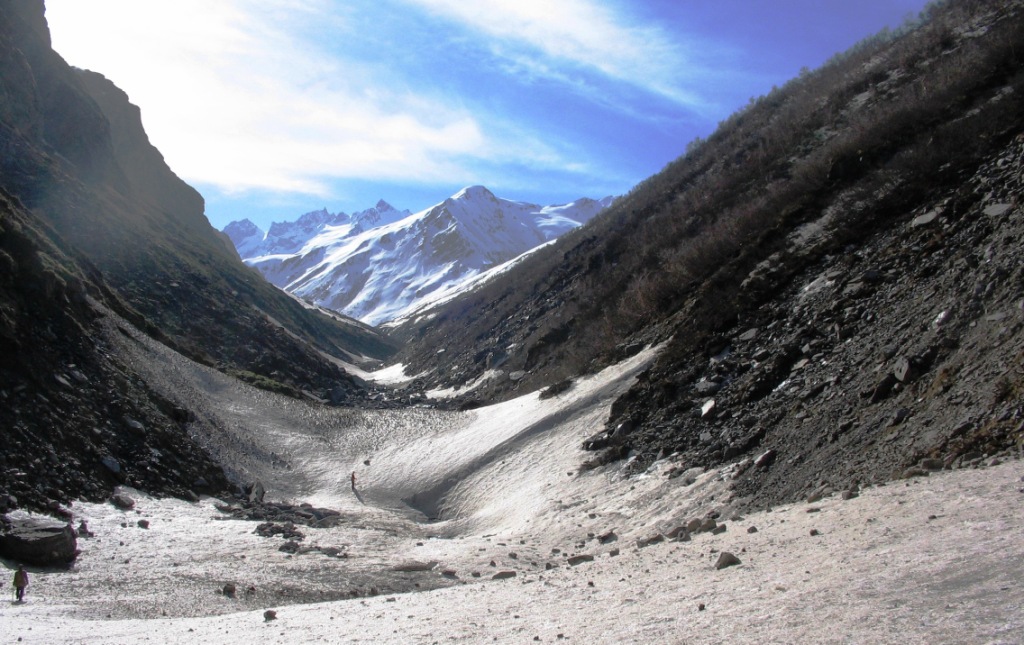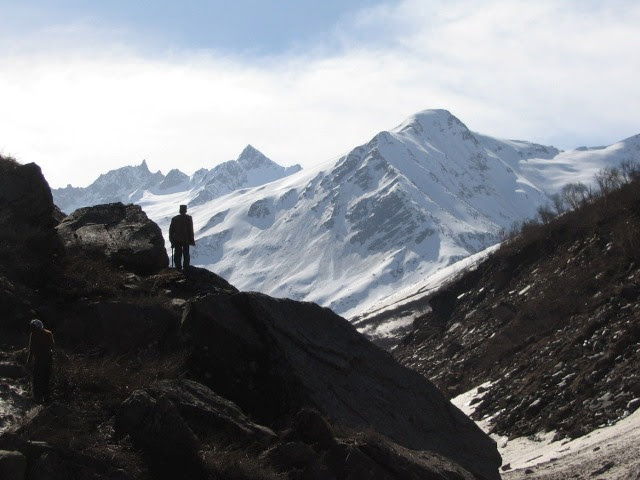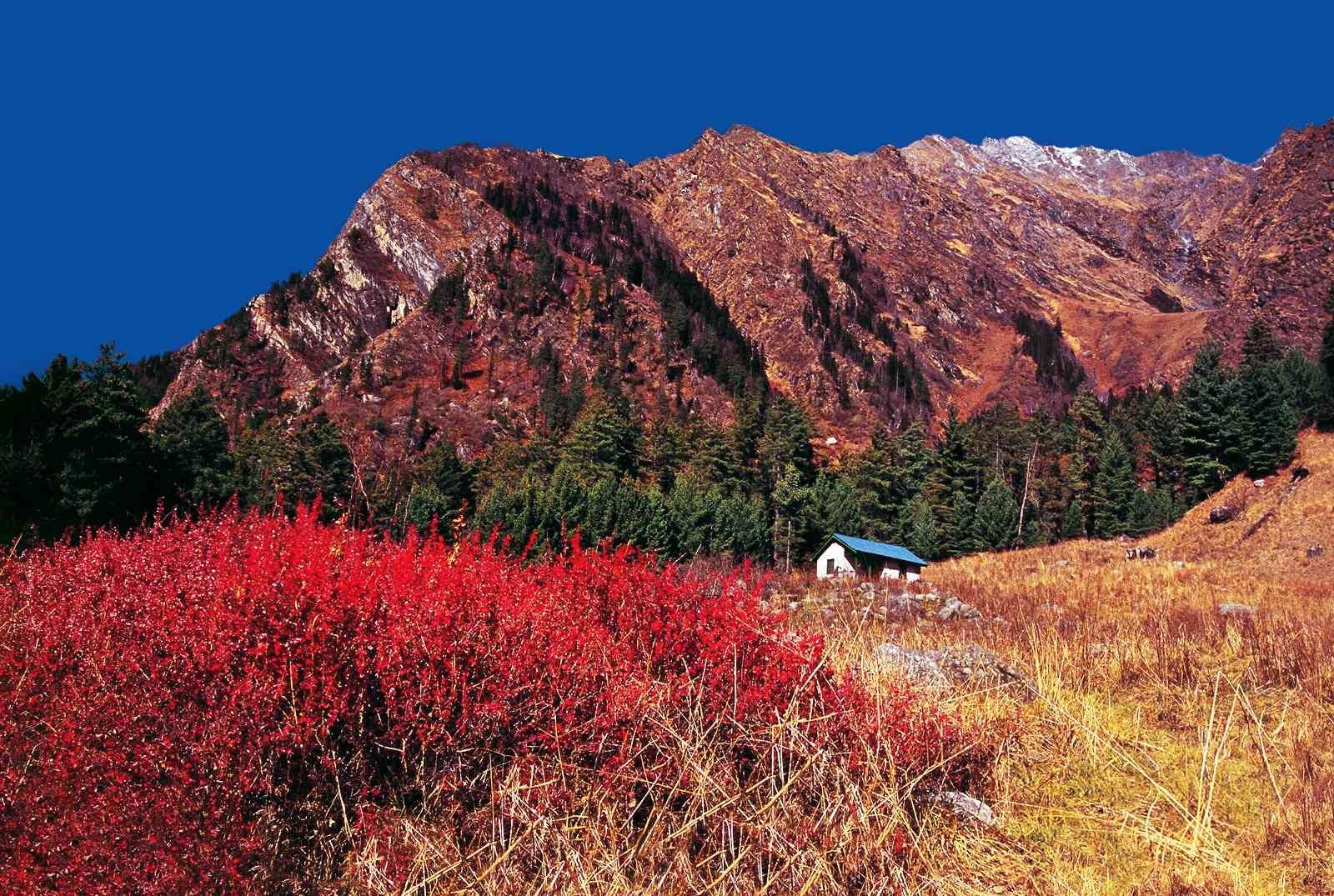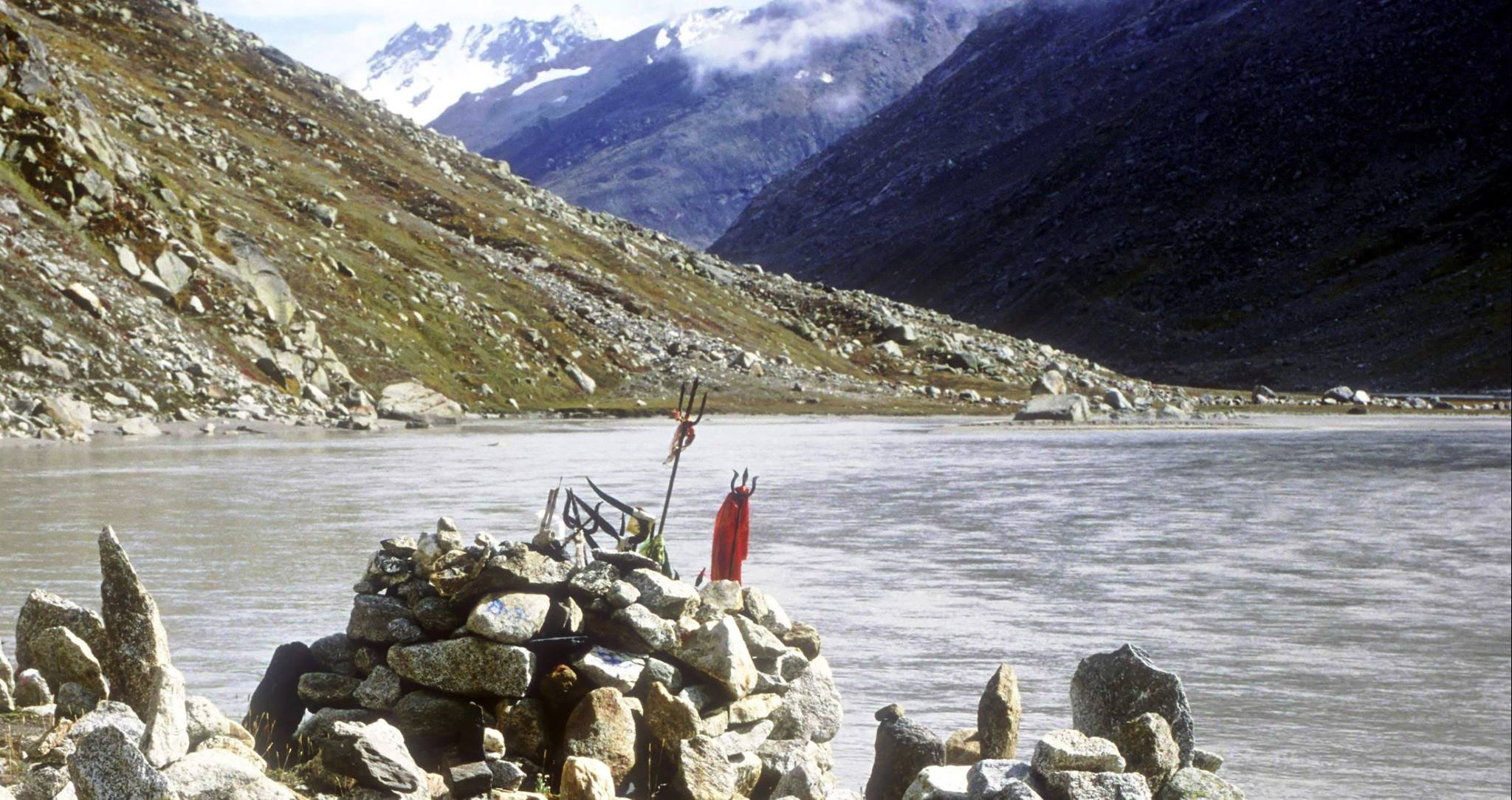If you are an intrepid trekker and want to test your nerves in the highly inhospitable terrain and tough climatic conditions of Himachal Pradesh’s Tirthan and Parvati valleys, then a 1,171 sq km Great Himalayan National Park (GNHP) is your calling.
By paying a daily permit fee of Rs 100 per person, you can trek and also stay in inspection huts, some of them of British-era, dotted across the national park that is now a Unesco World Heritage site. For foreigners, the daily fee is Rs 500 per person.
Park authorities say the best time to trek in the park is from April to June and from October to November.

For professional trekkers, the park takes one from an altitude of 1,700 m to 5,800 m. For tourists, the eco zone that is ringed around the periphery is the best option.
“The park offers moderate to strenuous trekking routes and it is more fit for professionals,” park Director Ajit Thakur told IANS.
He said that every year 1,500-1,600 trekkers, 10 per cent of whom are foreigners mainly from Europe and the US, come for trekking.

The GHNP, which is totally untouched by road network, has four valleys — Tirthan, Sainj, Jiwa Nal and Parvati.
The boundaries of the park are connected to the Pin Valley National Park, the Rupi-Bhawa Wildlife Sanctuary and the Kanawar Wildlife Sanctuary.
More than two dozen trekking routes in the park have been identified and local youths have been trained to assist the trekkers, he said.

Park officials said the treks of the Sainj and Tirthan valleys are quite popular among mountaineers.
It is advisable to hire local porters and guides trained by park authorities, as they are familiar with the local topography and climatic conditions.
Park authorities have fixed rates for the guides. They charge Rs 2,500 per person per day which includes food, porter service and providing camping logistics.
There are 14 inspection huts inside the park where trekkers can camp.
Thakur said for those who don’t want to trudge arduous treks, the eco-zone areas adjacent to the park are the best options.
The eco zone provides a combination of natural and cultural experiences.

The trails in the eco-zone go through villages and offer an opportunity to interact with the villagers and observe their daily activities. The eco-zone contains 160 villages and hamlets.
No permit is required to go into the eco zone, where, on an average, 50,000 tourists come every year.
More than 50 travel agents are based in Sai Ropa, some 65 km from Mandi town, for conducting activities in mountaineering, backpacking, skiing, trekking and rafting.
There is an online booking facility for staying at the park-managed forest rest houses at Sai Ropa and Ropa. These are connected by road.
The trekking period days range from three to 15, depending upon the trek chosen.
Some trekking routes, like crossing the Jiwa Nala-Parvati river and the Pin-Parvati pass, demand excellent physical health and stamina, serious trekking experience and snow walking.
The Jiwa Nala-Parvati river valley 110-km trek is a seven-day hike, crossing the passes at Kandi Galu (3,627 m) and Phangchi Galu (4,636 m).
Likewise, the Pin Parvati pass (5,319 m) trek via Pulga is 90 km long and requires eight days.
The climate is temperate during summer. In winters, there is HIGHER possibility of snow storms. Snowfall occurs throughout the park which contains 49 glaciers of varying sizes.
The trek provides the opportunity to spot a wide range of western Himalayan biodiversity.
The park, notified in the year 1999, is home to 203 bird species, including the western tragopan, the Himalayan monal, the koklas, the white-crested kalij and the cheer pheasant.
The famous mammals in the park are the leopard, the Himalayan black bear, the brown bear, the rhesus macaque and various herbivores like the goral – a small antelope, the blue sheep, the musk deer and the Himalayan tahr – a wild goat that lives on the steepest cliffs. These are commonly seen at higher slopes.
The starting point for any trekking route to the park is Kullu town, some 500 km from New Delhi and is accessible by road and air.
Courtesy IANS: Vishal Gulati
